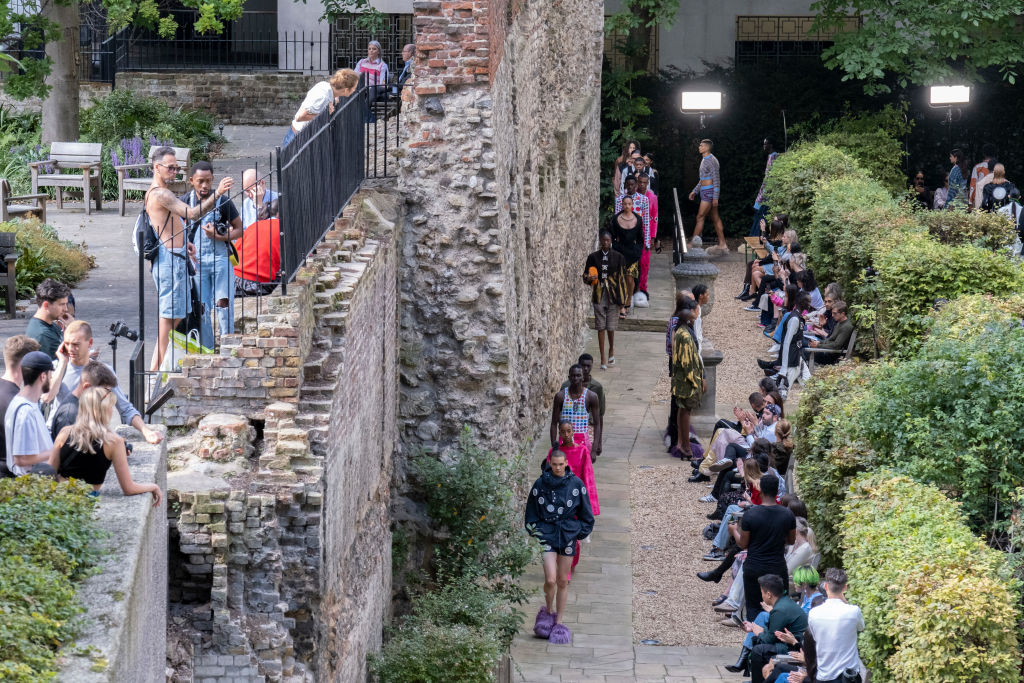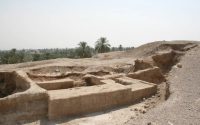New Study Identifies the UNESCO Heritage Sites Imperiled by Climate Change
A new study has listed the 50 UNESCO World Heritage sites most at risk from climate change, and emphasized the urgent need for the cultural sector to take action.
The study, first reported in The Art Newspaper, was conducted by climate risk firm Climate X. Its authors assessed all 1,223 UNESCO sites globally, using modeling to predict how various climate hazards—such as tropical cyclones, extreme heat, and flooding—will impact these sites over the next century.
The site most vulnerable to climate change is Indonesia’s ninth-century Subak irrigation system, threatened by drought, extreme heat, and flooding. Other significant sites on the list include France’s decorated Cave of Pont d’Arc, home to some of the most well-preserved figurative drawings in the world, which is at risk from flooding and landslides, and the Sydney Opera House.
Four UK sites have been identified as particularly vulnerable. The Forth Bridge in Scotland, the uninhabited island of St Kilda in the Hebrides, New Lanark’s 18th-century mill village, and Yorkshire’s Studley Royal Park all face risks from coastal flooding, landslides, and severe storms.
The report has prompted cultural leaders to call for greater involvement from the arts and heritage sectors in combating climate change. Alison Tickell, director of the charity Julie’s Bicycle, told The Art Newspaper that culture is a crucial but often overlooked element in climate action. “This report is a clarion call to the dangers of climate change, already wreaking terrible destruction on places and communities,” she said. Dr. Nadia Khalaf, a landscape archaeologist from Exeter University, echoed these concerns, noting that the loss of heritage sites could have profound economic and social impacts, particularly on tourism and community well-being.
In a related effort, heritage experts from Newcastle University are launching a separate study to assess the effects of climate change on three other UK-based UNESCO sites: Hadrian’s Wall, the North Devon Biosphere Reserve, and Fforest Fawr Global Geopark in the Brecon Beacons. Funded by the UK government’s Shared Outcomes Fund, this £1.8 million project aims to develop strategies that could be applied both in the UK and internationally to protect these vulnerable sites.
James Bridge, chief executive of the UK national commission for UNESCO, said there is potential for this pilot project to serve as a model for global heritage conservation efforts: “Whilst the pilot will test approaches tailored to three specific sites in the UK, it is hoped that the results will be relevant, adaptable, and useful to people and places more broadly, both in the UK and internationally.”



